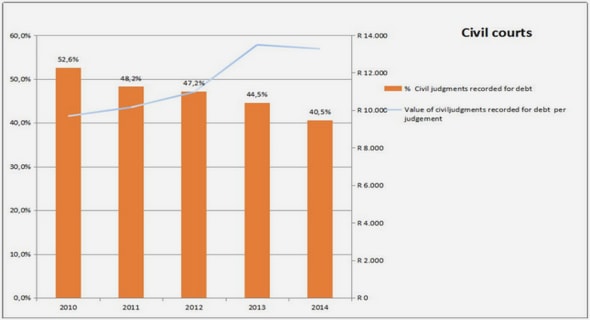(Downloads - 0)
For more info about our services contact : help@bestpfe.com
Table of contents
1 GENERAL INTRODUCTION
1.1 ENERGETIC CONTEXT
1.1.1 Global Warming, is There Time for Scepticism?
1.1.2 The Energetic Transition
1.2 PEMFC OVERVIEW
1.2.1 Principle
1.2.2 The Proton Exchange Membrane
1.2.3 The Catalyst Layers.
2 STATE-OF-THE-ART ON ORR ELECTROCATALYSIS
2.1 THE D-BAND THEORY FOR THE ORR
2.1.1 Investigations on Extended Surfaces
2.1.2 From Single Crystals to Nanoparticles
2.2 RECENT ADVANCES IN PEMFC CATHODE ELECTROCATALYSTS
2.2.1 Shape-Controlled PtM Nanoparticles
2.2.2 Pt-Based Core-Shell Nanoparticles
2.2.3 Hollow PtM Nanoparticles
2.3 PHD THESIS OUTLINE
3 HOLLOW PTNI/C NANOPARTICLES AS ELECTROCATALYST FOR THE ORR
3.1 INTRODUCTION
3.2 UNVEILING THE SYNTHESIS OF HOLLOW PTNI/C NANOPARTICLES
3.2.1 Methodology
3.2.2 Atomic-Scale Morphological Changes Occurring During the Synthesis of Hollow PtNi/C NPs
3.2.3 Structural Changes Occurring During the Synthesis of Hollow PtNi/C Nanoparticles
3.3 ELECTROCATALYTIC PERFORMANCE OF THE HOLLOW PTNI/C CATALYST
3.3.1 Something More than Strain and Ligand Effects
3.3.2 Structure-ORR Activity Causal Relationship
3.4 CONCLUSION
4 BEYOND ALLOYING EFFECTS: MICROSTRAIN-INDUCED ENHANCEMENT OF ELECTROCATALYTIC PROPERTIES ON VARIOUS PTNI/C NANOSTRUCTURES
4.1 INTRODUCTION
4.2 VARIOUS NANOCATALYSTS FROM PTNI NANO-BRICKS
4.2.1 Synthesis and Characterization of PtNi/C Nanoparticles
4.2.2 Structure and Chemical Composition of the Different Electrocatalysts
4.3 MICROSTRAIN AND ELECTROCATALYSIS
4.3.1 COads Stripping – ORR Catalytic Activity Relationships
4.3.2 DFT and Extension to Methanol and Ethanol Oxidation Reactions
4.4 CONCLUSION
5 FROM ‘PERFECT’ TO ‘DEFECTIVE’ PTNI ELECTROCATALYSTS: A MATTER OF TIME?
5.1 INTRODUCTION
5.2 PTNI MATERIALS SAMPLING FROM THE ORR ELECTROCATALYSIS LANDSCAPE 113
5.2.1 PtNi Materials Introduction and Synthesis
5.2.2 Materials Characterization
5.3 TOWARD UNPRECEDENTED ELECTROCATALYTIC TRENDS
5.3.1 From Microstrain to Surface Distortion
5.3.2 Facing the COads Stripping Puzzle
5.3.3 Apprehending ORR Catalysis Differently
5.4 INITIAL TRENDS VS. (ELECTRO)CHEMICAL AGEING.
5.4.1 Acidic Treatment
5.4.2 Accelerated Stress Tests
5.5 CONCLUSIONS
6 GENERAL CONCLUSION AND OUTLOOK
APPENDIX 1: MATERIALS AND METHODS
MATERIALS SYNTHESIS
XRD MEASUREMENTS
ELECTROCHEMICAL MEASUREMENTS
Characterizations
Accelerated Stress Tests
ELECTRON MICROSCOPY
OTHER CHARACTERIZATION TECHNIQUE
APPENDIX 2: MODELLING ALLOYING AND DISORDER
REFERENCES



